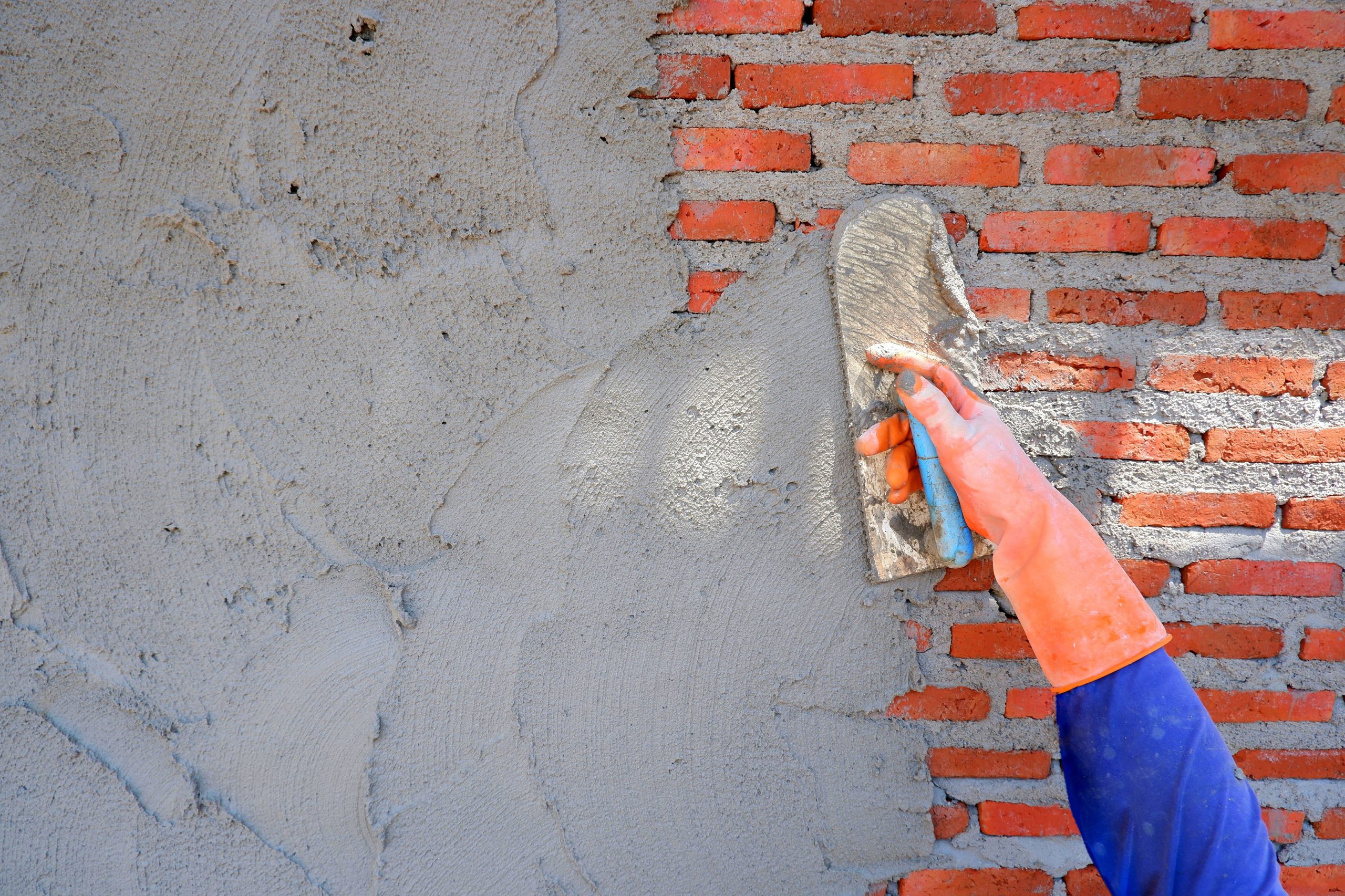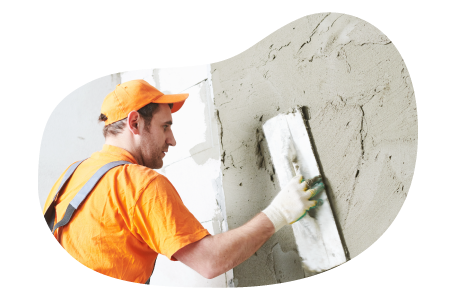Secret Tips and Equipment for Effective Gluing in your house Renovation Endeavors
Attaining a remarkable plaster coating in your home enhancement tasks calls for a mix of the right devices and tested strategies. Understanding the nuances of blending plaster and applying it in thin layers can dramatically influence the last outcome.
Necessary Gluing Tools
The necessary tools encompass a selection of applies created to help with the gluing process effectively and properly. Secret elements include a hawk, which is a flat, square device utilized to hold the plaster while applying it to surface areas.

Additionally, a blending container is necessary for preparing plaster, ensuring the right uniformity before application. A smudging brush or sponge is valuable for ending up touches and smoothing out structures. Finally, security equipment such as masks and gloves should be consisted of to safeguard the customer from dust and chemicals. Together, these important plastering devices enable both specialists and do it yourself lovers to achieve high-grade lead to their plastering jobs.
Surface Area Preparation Techniques
Effectively preparing the surface prior to smudging is critical for making sure bond and achieving a flawless coating. The primary step involves cleansing the surface to remove any dust, oil, or old paint that may hinder the plaster's ability to bond successfully. A comprehensive laundry with an ideal cleansing remedy is suggested, adhered to by washing and enabling the surface to completely dry completely.
Following, evaluate the surface for any cracks or imperfections. These need to be loaded with an appropriate filler compound and allowed to heal according to the maker's guidelines. For permeable surfaces, applying a primer is important to produce an uniform appearance and boost attachment.
Furthermore, it is important to make certain that the surface area is steady and structurally sound. Any kind of loose materials, such as flaking paint or harmed drywall, need to be repaired or removed. Take into consideration making use of a scrape layer to boost hold. if working with stonework surfaces.
Combining Plaster Like a Pro

Making use of a clean blending container, put the water initially, then progressively add the plaster powder while mixing continually - Plastering. This method aids to stop clumping and makes sure an even circulation of materials. A mechanical mixer can be advantageous, saving and giving regular results time. Objective for a luscious, lump-free consistency that permits simple spreading however is thick sufficient to hold its shape without running.
When blended, permit the plaster to rest for a few minutes to allow the plaster crystals to hydrate completely. This pause enhances workability and decreases the danger of fracturing during application. By following these steps, you can mix plaster like a professional, establishing the structure for a successful smudging job in your home enhancement undertakings.
Application Approaches for Smooth Finishes
With the plaster mixture prepared to the ideal consistency, the next step includes picking ideal application approaches to achieve a smooth surface. The option of application devices dramatically influences the click to find out more final appearance of the plastered surface. For optimal outcomes, a stainless-steel trowel is typically suggested. This device permits a penalty, even distribution of plaster across the surface area while lessening trowel marks - Plastering.
Begin by applying a charitable amount of plaster to the surface area utilizing the trowel, ensuring it sticks well. Utilize a systematic approach, functioning from the lower higher. As soon as the preliminary coat is used, use a sweeping movement to smooth the surface area, using even pressure. In areas that call for even more precise interest, take into consideration making use of a float, which can assist eliminate any kind of blemishes and develop an uniform appearance.
For the last touches, a wet sponge can be made use of to improve the surface area even more. Gently mist the plaster with water and delicately scrub the surface area to accomplish a sleek effect. Constantly remember to operate in small areas to maintain control over the application process, ensuring a smooth, specialist finish throughout your plastering project.
Usual Blunders to Stay Clear Of
When starting a gluing project, avoiding typical blunders is important for attaining a remarkable finish. Among one of the most common errors is ignoring surface area preparation. Falling short to clean and fix the substratum can lead to bad adhesion and irregular surface areas. Make certain that all dirt, oil, and loosened products are removed prior to using plaster.
An additional common blunder is using plaster also thickly. Thick layers can fracture as they dry, endangering the stability of the finish. Instead, choose multiple slim layers, enabling each coat to dry entirely before using the following.
Furthermore, bad blending techniques can result in irregular check texture and workability. Always adhere to the manufacturer's directions for mixing ratios and thoroughly mix the plaster to attain an uniform uniformity.

Timing additionally plays a vital duty; plaster ought to be used while the substrate is moist to enhance attachment. Top notch trowels and drifts can make a substantial distinction in achieving a smooth coating.
Conclusion
Effective gluing needs a comprehensive understanding of essential devices and techniques. Mastery of these aspects not just contributes to the aesthetic appeal of an area yet also makes certain sturdiness and durability in smudging jobs, making them integral to successful home enhancement ventures.
A float is one more vital device, which helps in leveling the plaster and attaining an uniform surface.

By complying with these actions, you can blend plaster like a professional, setting the foundation for a successful plastering job in your home improvement Visit Your URL undertakings.
Gently haze the plaster with water and delicately massage the surface to accomplish a refined impact.
Comments on “Plastering Made Simple: Step-by-Step Overview for Beginners”